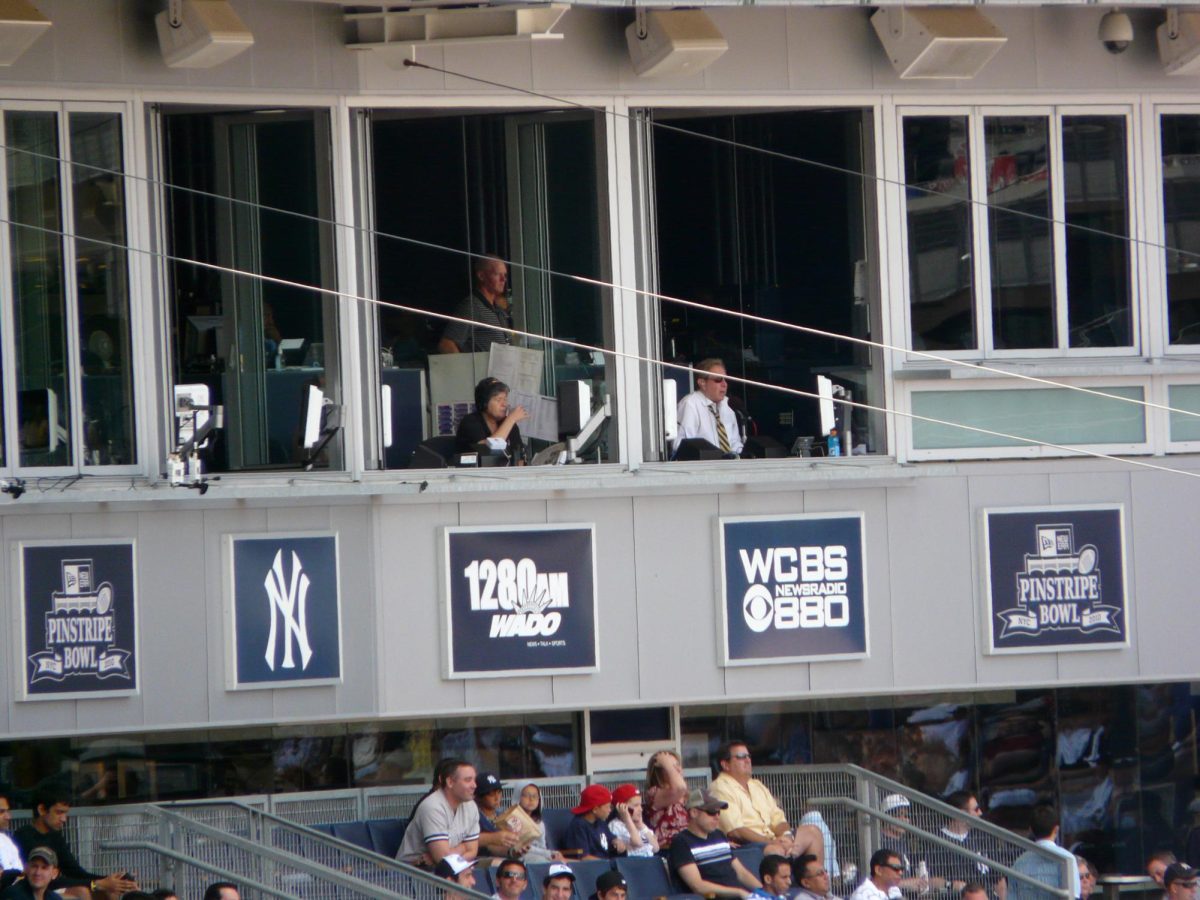While riding off the field on an injury cart on Sunday, Seattle Seahawks’ safety Earl Thomas flipped off his own sideline.
Perhaps out of frustration, rage, sadness or a combination of all three — Thomas was unavailable to speak to the media after the game, so reporters can only speculate — Thomas made the obscene gesture in the wake of a contract dispute that ended with his broken leg.
Unhappy with the terms of his contract, which is set to expire at the end of the season, Thomas refused to play during the 2018 preseason. When he showed up for week one, he staged a “hold-in,” according to ESPN’s Jay Glazer. Thomas did not practice, instead choosing to sit on the sidelines.
Unlike Steelers running back Le’Veon Bell, who is also involved in contract disputes and is sitting out the first seven weeks to protect himself from injury and secure a large contract in free agency, Thomas opted to play during the regular season so as not to lose out on $500,000 per week in game checks.
While Thomas’ injury will not affect his current base salary, many players lose money upon injury if their contracts include bonuses for playing in games or performance incentives.
Just ask San Francisco 49ers cornerback Richard Sherman, another member of the Seahawks former lightning defense the “Legion of Boom,” who will lose thousands of dollars for not playing in games and for not playing for 90 percent of available snaps.
These incentive bonuses result in a culture that rewards players for remaining on the field at all costs and penalizes them for injuries that are rarely their fault.
Especially in a game as dangerous as football, this practice is completely misguided.
Incentive bonuses — such as those for high performance, which exist in many sports’ contracts — are not necessarily unfair. Rather, the egregiously dangerous nature of football should factor into player’s salaries.
The current NFL salary structure usually favors players who are the most impactful, which is why quarterbacks most often have the highest salaries. Four out of the five players receiving the highest guaranteed salaries in 2018 are quarterbacks: Andrew Luck, who will earn $24.6 million this season, Matt Stafford, Aaron Rogers and Matt Ryan.
And while Chicago Bears linebacker Khalil Mack, who is earning $23.5 million per year, and Los Angeles Rams defensive end Aaron Donald, who has a $22.5 million annual contract, have potentially reset the market for defensive players with their new enormous contracts, the skyrocketing quarterback salary still hurts defensive players’ ability to achieve high level contracts, according to Business Insider’s Cork Gaines.
Despite the recent quarterback epidemic of ACL injuries — Carson Wentz, Jimmy Garoppolo and Deshaun Watson — the quarterback position is hardly the most dangerous. Generally, players at a much higher risk of long-term injury — read: Chronic Traumatic Encephalopathy — are paid much less.
To correct this issue, there should be a structure of bonuses based on a hierarchy of the physical risk associated with each position to be included as part of the guaranteed salaries of players’ contracts. This item would be yet another item to negotiate upon the expiration of the Collective Bargaining Agreement in 2021, but it is key.
The idea is to create a system of guaranteed bonuses that provide tangible, monetary acknowledgement of the egregious physical risks associated with a career in the NFL. This system values player safety and acknowledges risk, rather than withholding money from players who are injured during the season — as some types of contracts do.
The league should determine which positions deserve the biggest bonuses by picking an injury — or a few injuries — and measure how prone each position is to suffer from them.
Pragmatically, this type of study would prove costly and time-consuming. How convenient, then, that some of these studies are already available!
Let’s say CTE is considered one of the injuries for these bonuses. After all, CTE should undoubtedly factor in this injury bonus due to its debilitating and potentially fatal nature.
Research determining in which position players are at risk of developing CTE has already begun. Kevin Guskiewicz, the research director of the Center for the Study of Retired Athletes at the University of North Carolina at Chapel Hill, headed a study that found brains of linemen to exhibit more damage to the white matter of the brain— the part of the brain affected by CTE — than those of running backs or wide receivers.
Based on this research, then, linemen would receive the most money for the injury risk their position poses.
With this system, the basis of salaries would remain the same: Salaries are determined by tenure in the league, ability and the salary cap — though this system of bonuses might work best if the salary cap was abolished, as the cap could cause this system to redistribute salaries more thinly rather than raising them altogether.
These bonuses would address and compensate players, like Thomas, who put their bodies on the line under contracts they don’t believe adequately value them.









